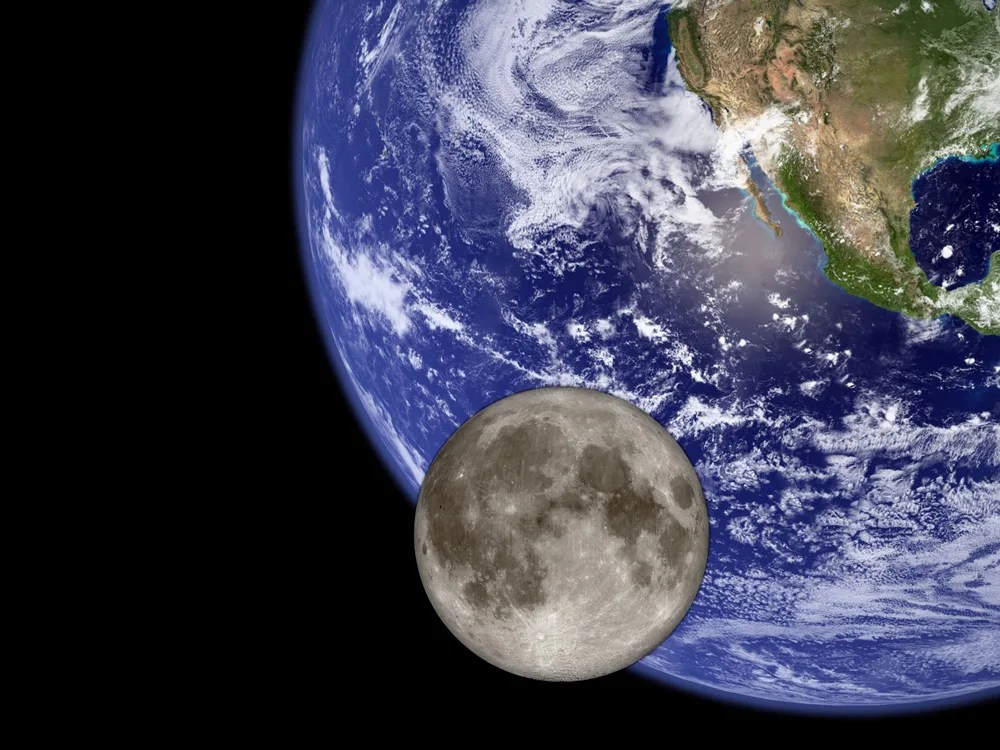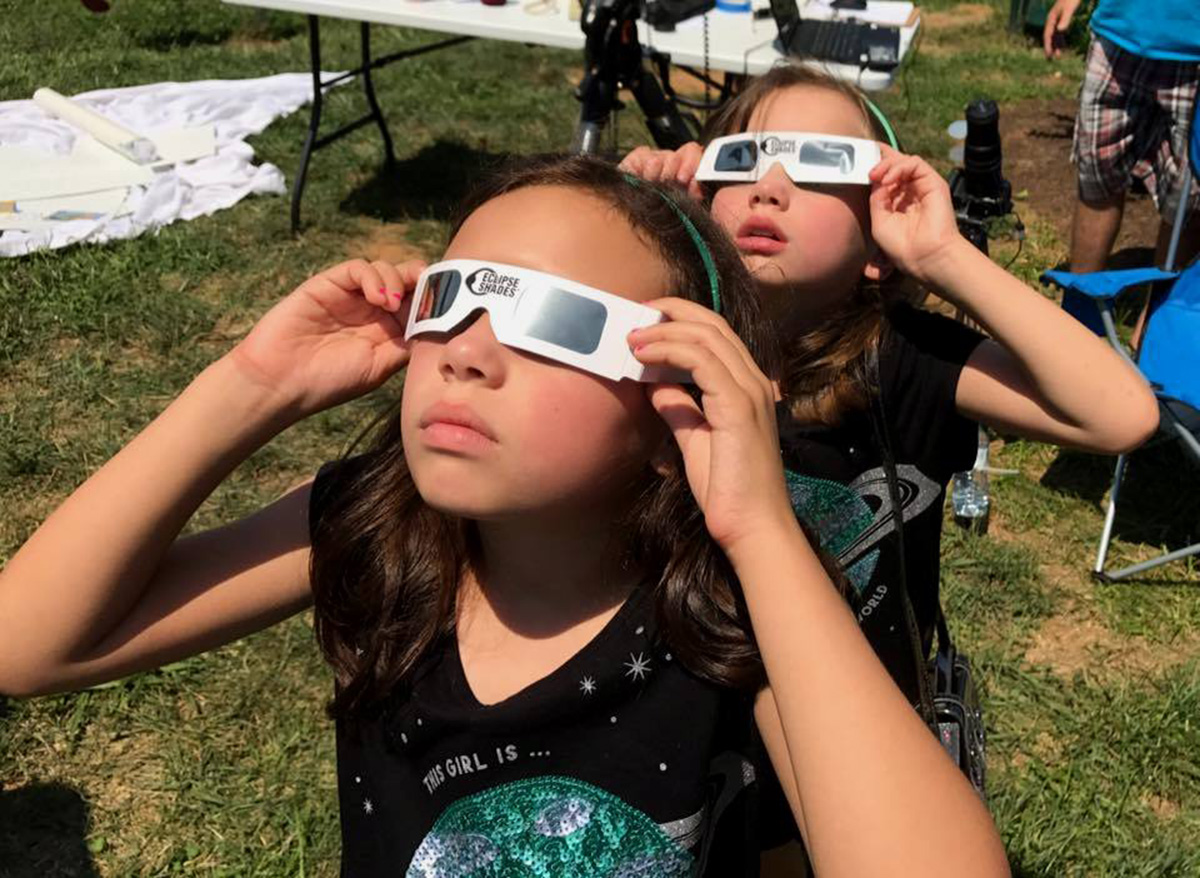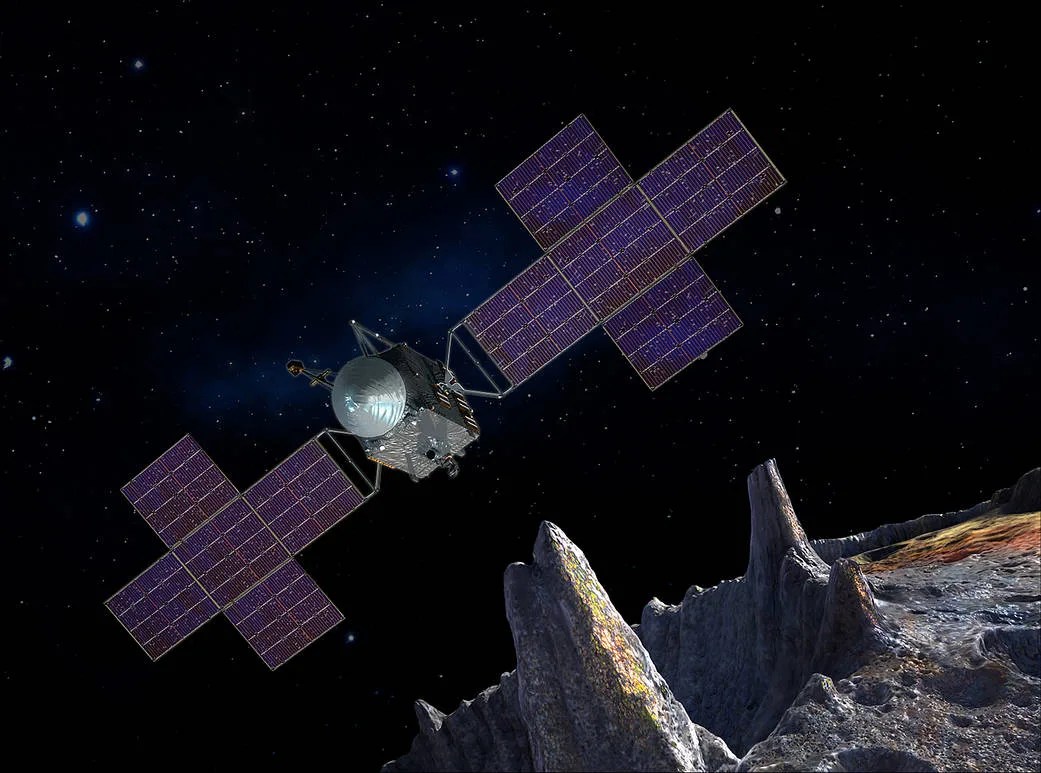
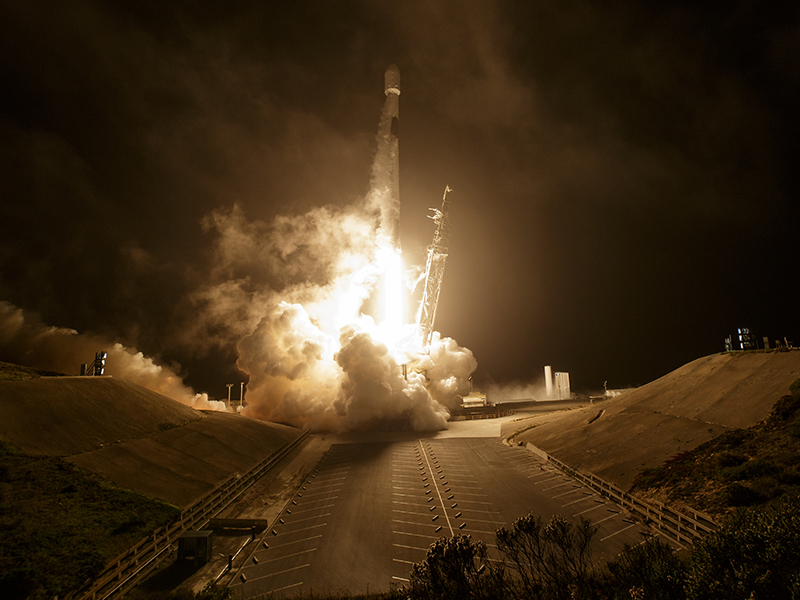
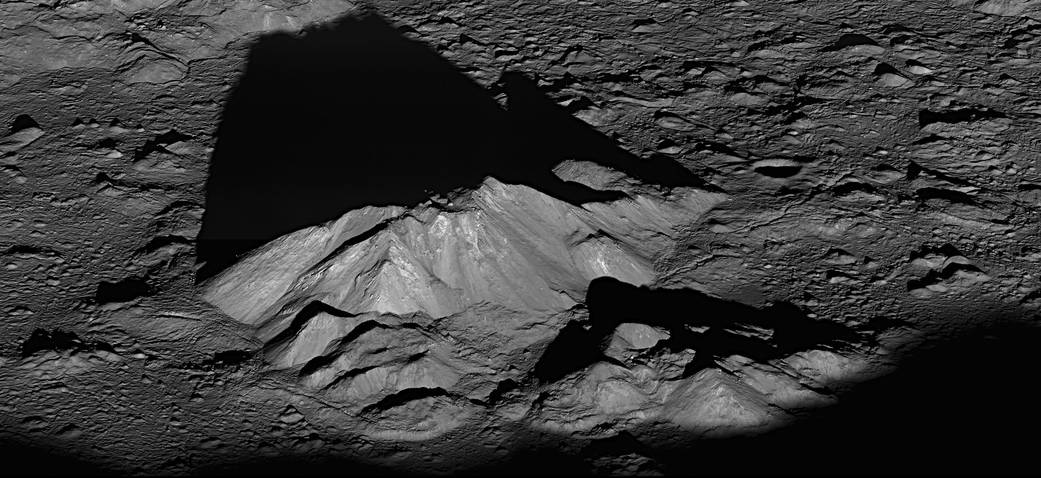
Planetary Science Programs
NASA's Planetary Science Division programs lead the exploration of planets and other objects in our solar system, seeking to better understand the origins of celestial bodies and uncover whether signs of life exist elsewhere.
Explore the Planetary Science Programs
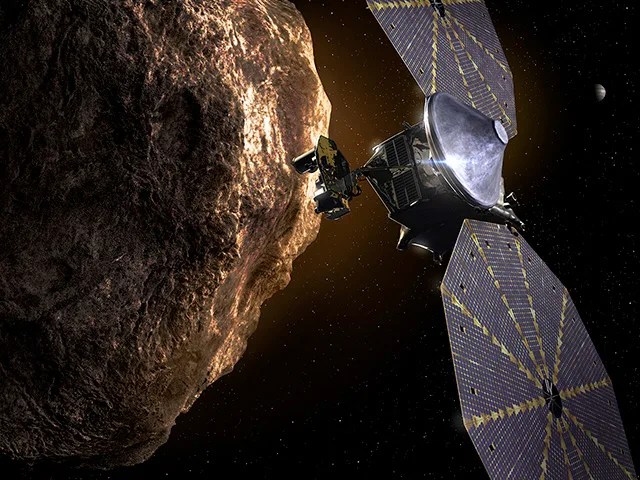
Discovery
Discovery is an ongoing program that offers the scientific community the opportunity to design exciting, focused investigations that complement NASA's larger planetary science explorations.
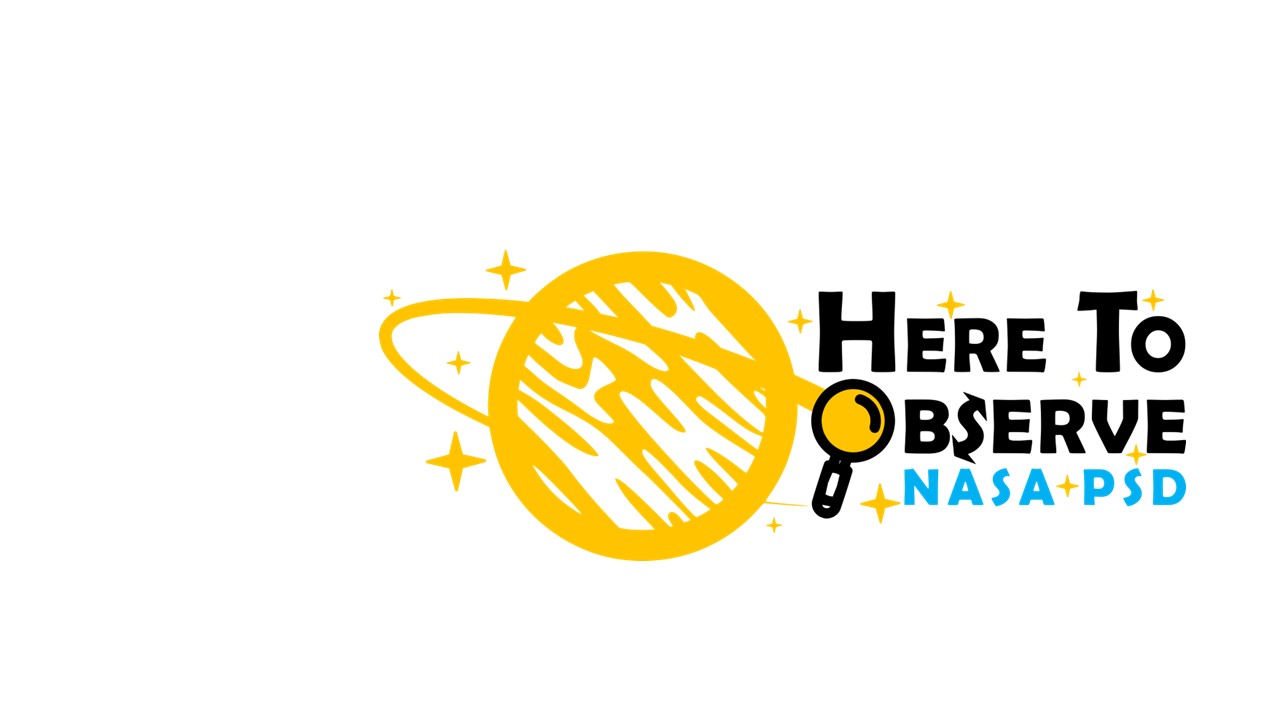
Here to Observe (H2O)
Here to Observe (H2O) is designed to spark and maintain an interest in STEM careers for underrepresented students through programs funded by NASA's Planetary Science Division.
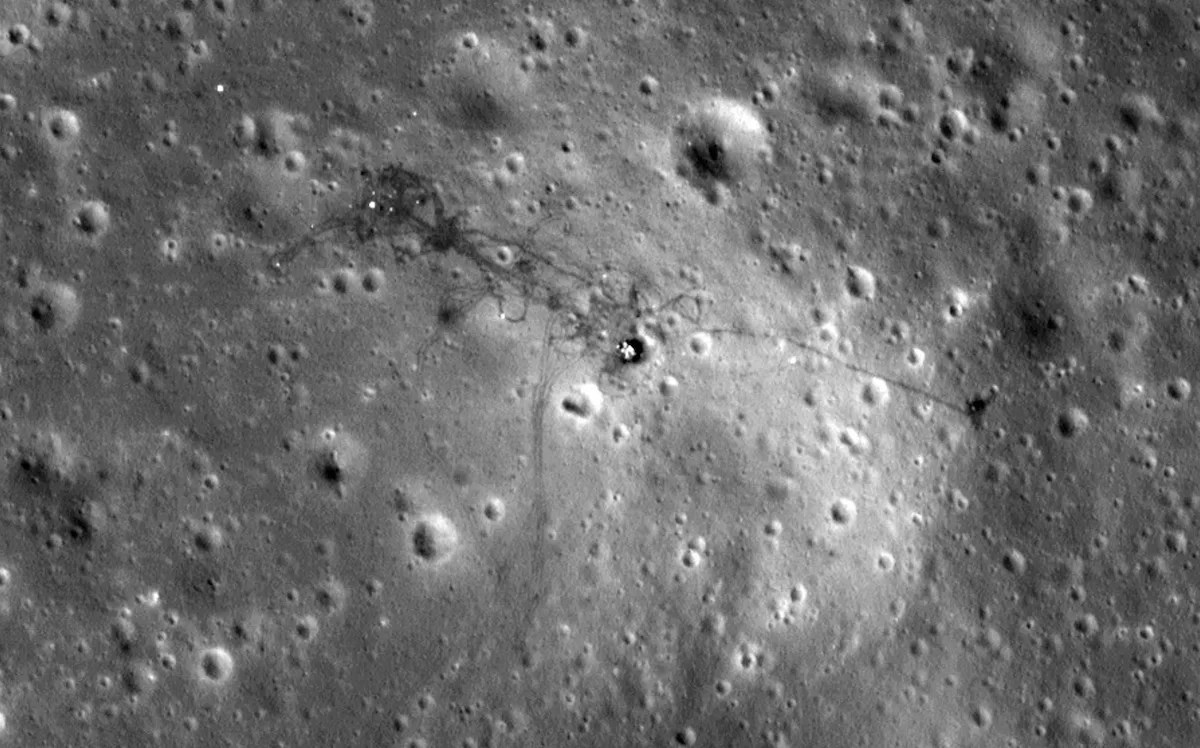
Lunar Discovery and Exploration
The Vision for Space Exploration is fostering a renaissance in lunar science, as the return of humans to the Moon both requires and enables greater scientific understanding of Earth's natural satellite.
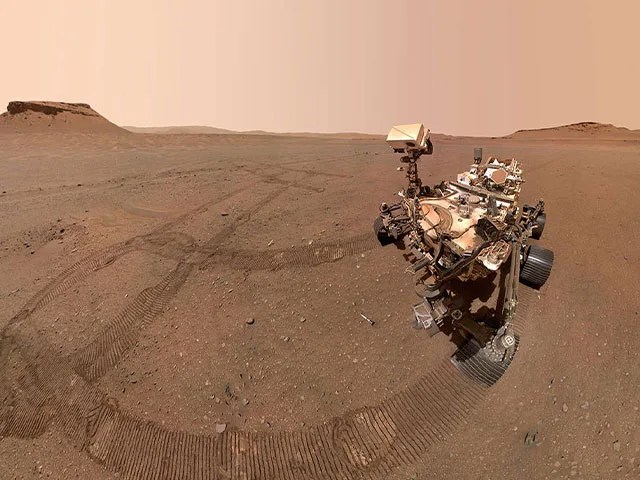
Mars Exploration Program
The Mars Exploration Program is a science-driven program that seeks to understand whether Mars was, is, or can be, a habitable world.
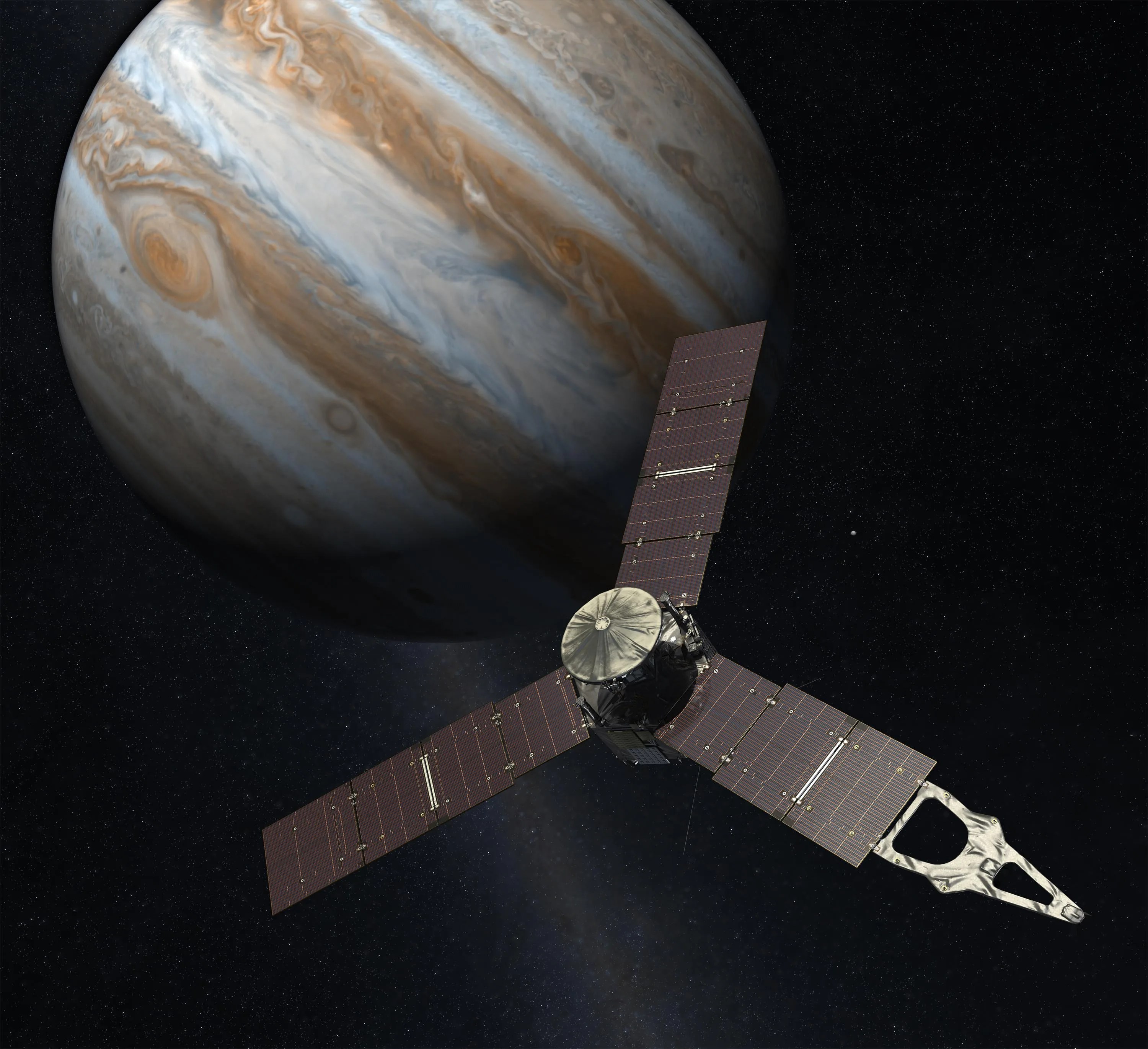
New Frontiers
The New Frontiers Program represents a critical step in the advancement of solar system exploration.
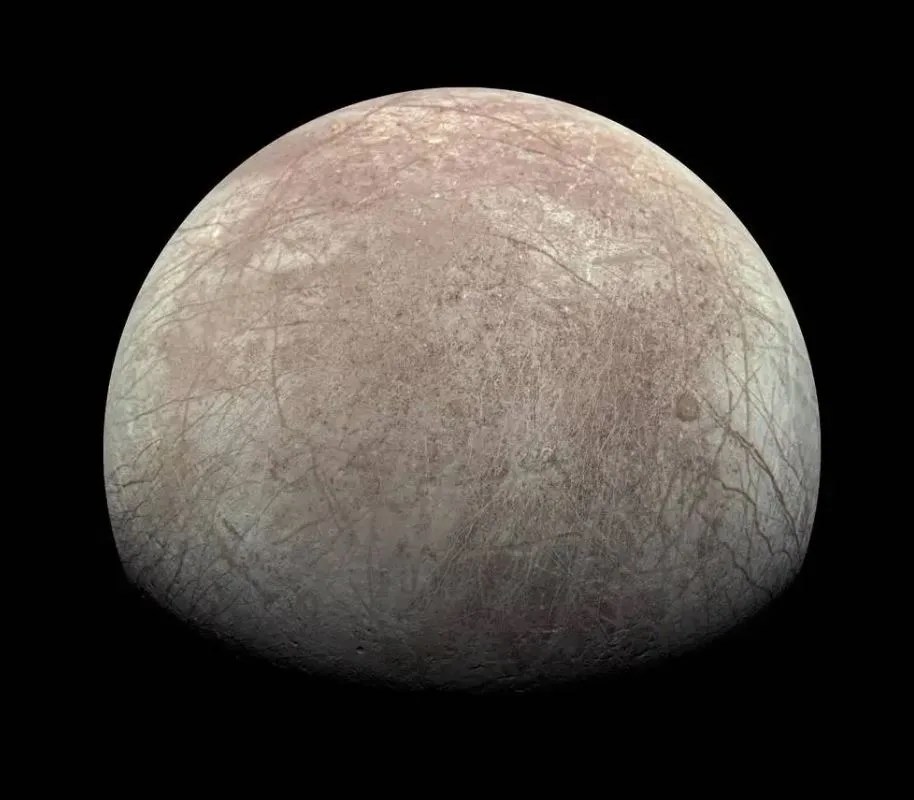
Outer Planets and Ocean Worlds
The Galileo and Cassini missions to Jupiter and Saturn have greatly deepened our understanding of those giant planets and their intriguing moons.
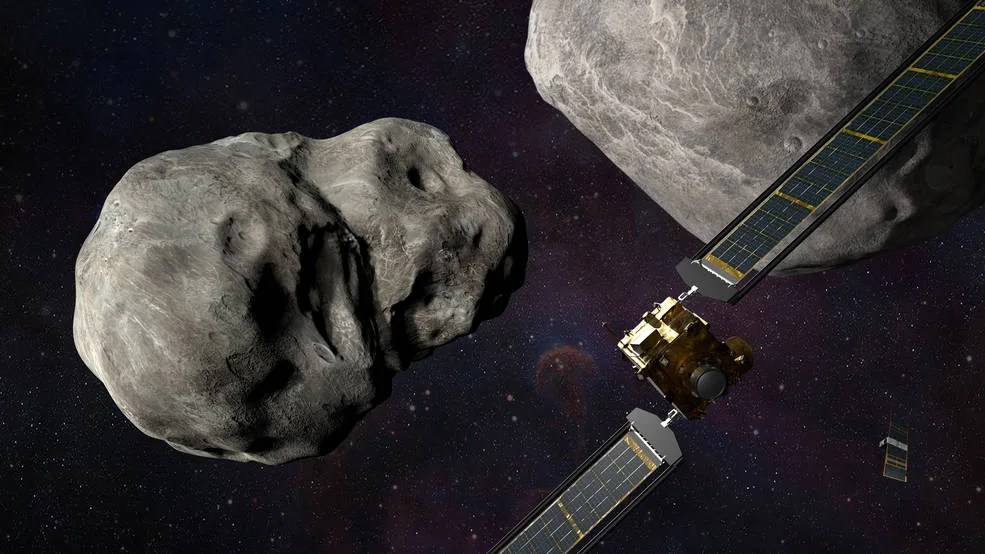
PDCO
The Planetary Defense Coordination Office (PDCO) addresses the hazards of Near-Earth objects, which are asteroids and comets whose orbits can bring them within 30 million miles of Earth’s orbit.
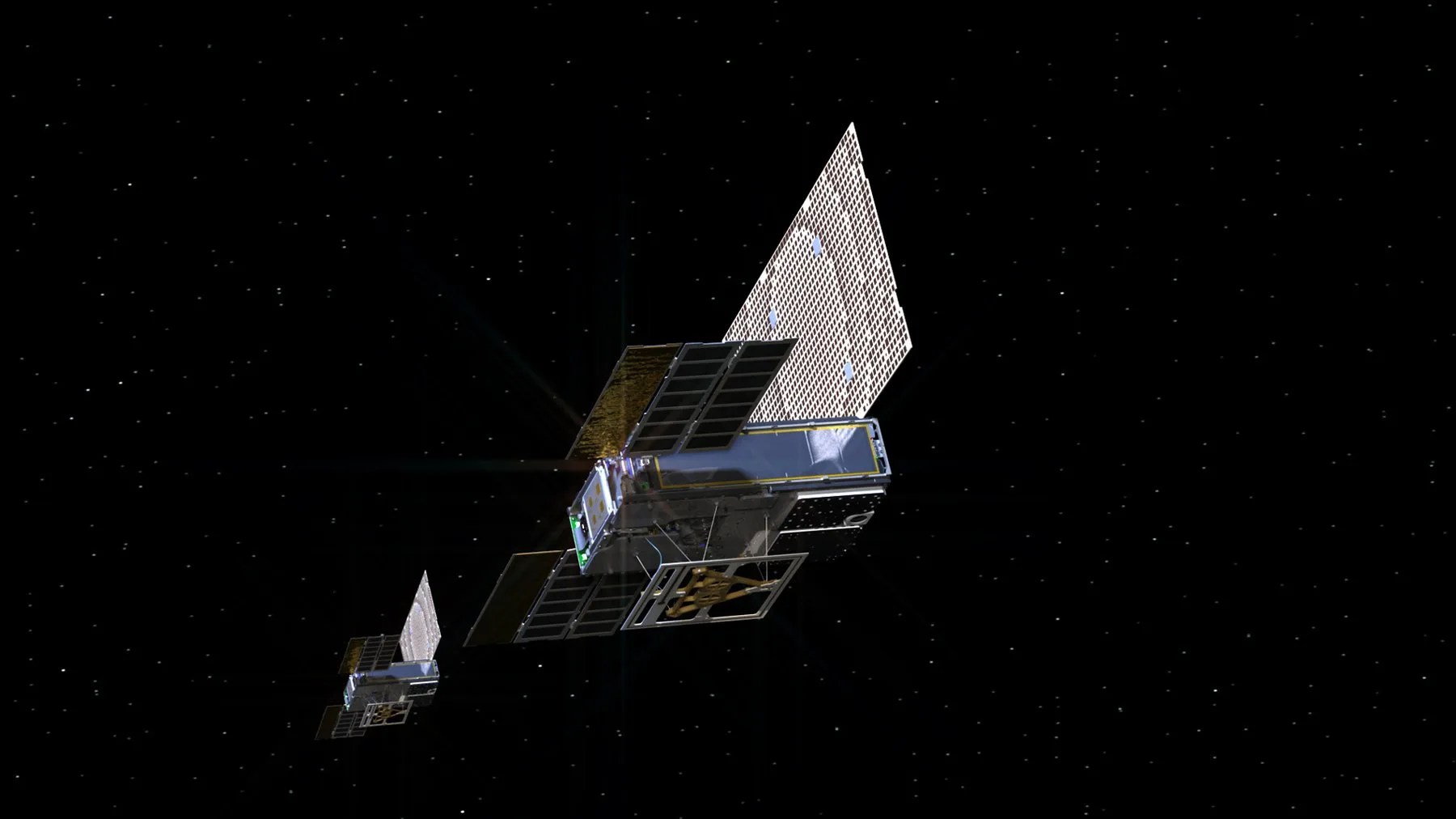
SmallSats
Small spacecraft and satellites help NASA advance scientific and human exploration, reduce the cost of new space missions, and expand access to space.
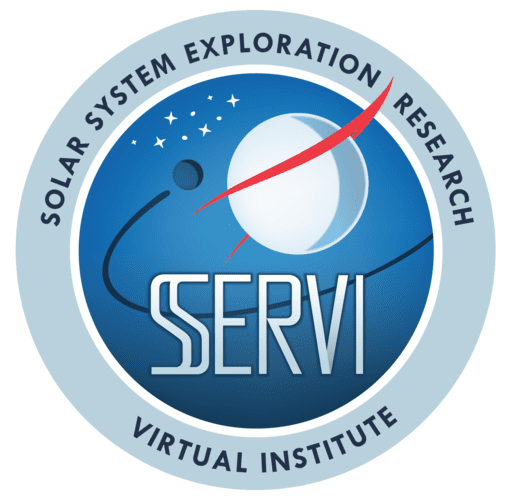
SSERVI
The Solar System Exploration Research Virtual Institute (SSERVI) addresses scientific questions fundamental to understanding the Moon, Near Earth Asteroids, the Martian moons Phobos and Deimos, and the near space environments of these target bodies.



